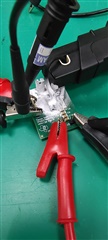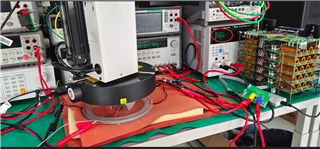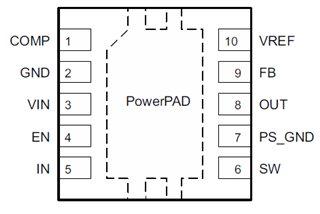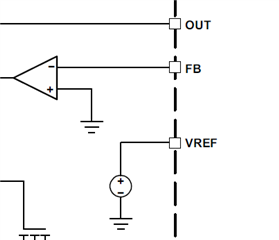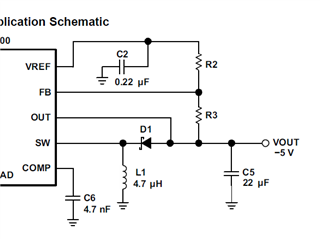While testing the TPS63700 we have found at low current values 10-15mA the device will not self start at minus 40 deg. C. The load is highly capacitive, but even a rapid shutdown/restart will not recover the supply (i.e. the caps have not had time to discharge). If the device enters discontinuous conduction mode(DCM). We are using a 10uH inductor with 4 filter caps of 4.7uF, an input of 5.3V and an output of -11.6V. HAs anyone had cold start problems with this device?
-
Ask a related question
What is a related question?A related question is a question created from another question. When the related question is created, it will be automatically linked to the original question.



